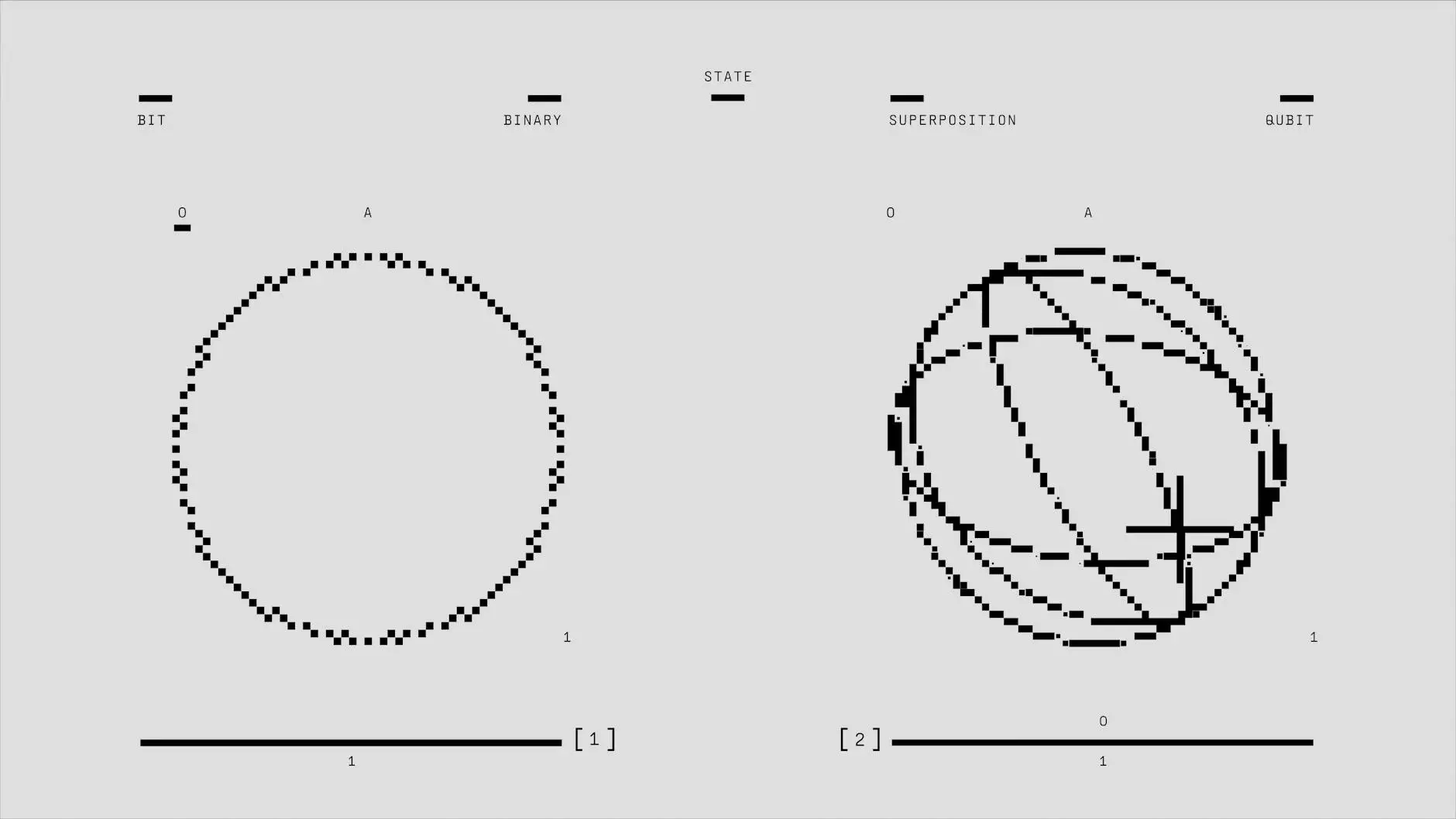Understanding the Glenohumeral Capsular Pattern: An Essential Resource for Healthcare, Education, and Chiropractic Practitioners

The glenohumeral capsular pattern is a fundamental concept in the diagnosis and management of shoulder disorders. Recognizing this pattern enables clinicians to develop targeted treatment plans, improve patient outcomes, and enhance overall understanding of shoulder biomechanics. This comprehensive guide explores the intricacies of the glenohumeral capsular pattern, its clinical significance, and its implications across various healthcare disciplines, including chiropractic care, medical practice, and educational contexts.
What is the Glenohumeral Capsular Pattern?
The glenohumeral capsular pattern refers to a specific limitation of passive shoulder range of motion typically observed in cases of adhesive capsulitis, rotator cuff pathology, or other connective tissue restrictions affecting the shoulder joint.
In the context of shoulder joint biomechanics, the capsule is a fibrous structure that surrounds the glenohumeral joint, providing stability while allowing for a wide range of motion. When the capsule becomes inflamed, fibrotic, or adherent, it limits movement in a characteristic pattern.
Biomechanical Basis of the Glenohumeral Capsular Pattern
The pattern is primarily determined by the anatomy of the joint capsule, including its anterior, posterior, superior, and inferior ligaments. The typical capsular restriction affects specific movements, which clinicians can observe and assess during physical examination.
- External Rotation: Usually the most limited movement because the anterior capsule and ligaments predominantly restrict this motion when contracted or stiffened.
- Abduction: The second most restricted movement, often associated with inferior capsule tightness or adhesions.
- Internal Rotation: Usually the least limited but still affected in more advanced capsular restrictions.
Clinical Significance of the Glenohumeral Capsular Pattern
Understanding the glenohumeral capsular pattern is vital for accurate diagnosis and effective treatment of shoulder pathologies. It helps differentiate between various conditions such as adhesive capsulitis, rotator cuff tears, or shoulder osteoarthritis.
Recognizing this pattern allows clinicians to:
- Identify early signs of capsular restrictions, which can prevent progression to more severe conditions.
- Design targeted rehabilitation protocols that focus on restoring mobility in the most affected ranges of motion.
- Monitor treatment progress by assessing changes in the pattern over time.
Diagnosis and Assessment Techniques for the Glenohumeral Capsular Pattern
Accurate assessment requires a combination of clinical history, physical examination, and sometimes imaging. Here are the key components:
Clinical History
Patients often report a gradual loss of shoulder motion, worsening stiffness, and pain, especially at night. Previous injuries, systemic conditions like diabetes, or immobilization history may predispose individuals to this pattern.
Physical Examination
- Passive Range of Motion Testing: The gold standard for detecting the capsular pattern. The clinician assesses external rotation, abduction, and internal rotation, noting restrictions.
- Capsular Tenderness and Palpation: Identifies areas of inflammation or fibrosis.
- Special Tests: Such as the Neer or Hawkins tests, help distinguish capsular tightness from impingement syndromes.
Imaging Studies
Magnetic resonance imaging (MRI) or arthrography can visualize capsular thickening, adhesions, or joint effusions, supporting clinical findings.
Implications for Treatment in Healthcare and Chiropractic Practice
Recognizing a glenohumeral capsular pattern informs individualized treatment strategies across multiple disciplines. Whether in chiropractic clinics, physical therapy practices, or medical settings, understanding this pattern enhances therapeutic effectiveness.
Conservative Management Strategies
- Joint Mobilization and Manipulation: Targeted techniques aimed at restoring joint play and reducing capsular restrictions.
- Stretching Exercises: Focused on improving external rotation, abduction, and internal rotation based on the pattern observed.
- Therapeutic Modalities: Such as ultrasound, laser therapy, or electrotherapy to reduce inflammation and fibrosis.
- Patient Education: Emphasizing home stretching routines and activity modifications.
Advanced Interventions
- Hydrodilatation (Capsular Distension): An in-office procedure that involves injecting fluid to stretch the capsule.
- Surgical Options: Including shoulder arthroscopy or capsular release for refractory cases.
The Role of Education in Recognizing the Glenohumeral Capsular Pattern
For healthcare professionals and students, comprehensive education on shoulder biomechanics and capsular patterns enhances diagnostic accuracy. Continuing education modules often emphasize:
- Biomechanical foundations
- Hands-on assessment techniques
- Modern treatment protocols
- Case study analysis for practical understanding
Institutions such as iaom-us.com provide valuable resources and training to ensure practitioners remain proficient in evaluating and managing the glenohumeral capsular pattern.
Research and Future Directions in Understanding the Glenohumeral Capsular Pattern
Ongoing research aims to elucidate the molecular and biomechanical mechanisms underlying capsular fibrosis, adhesions, and clinical manifestation patterns. Advances in imaging technology and minimally invasive procedures continue to improve patient outcomes.
Emerging therapies such as regenerative medicine (e.g., platelet-rich plasma, stem cell injections) show promise in restoring capsular integrity and function.
Conclusion: Mastering the Glenohumeral Capsular Pattern for Optimal Patient Care
In summary, the glenohumeral capsular pattern is an indispensable concept for clinicians engaged in the diagnosis and treatment of shoulder pathologies. Recognizing this pattern facilitates early intervention, personalized therapy, and better prognostic evaluation, ultimately leading to improved patient satisfaction and functional recovery.
For healthcare providers, educators, and students, mastering the nuances of this pattern is essential. Continued research, comprehensive education, and clinical vigilance are the keys to advancing shoulder care and ensuring that patients regain their full range of motion and quality of life.
Visit iaom-us.com for more resources, courses, and professional development opportunities focused on orthopedic and chiropractic excellence.









